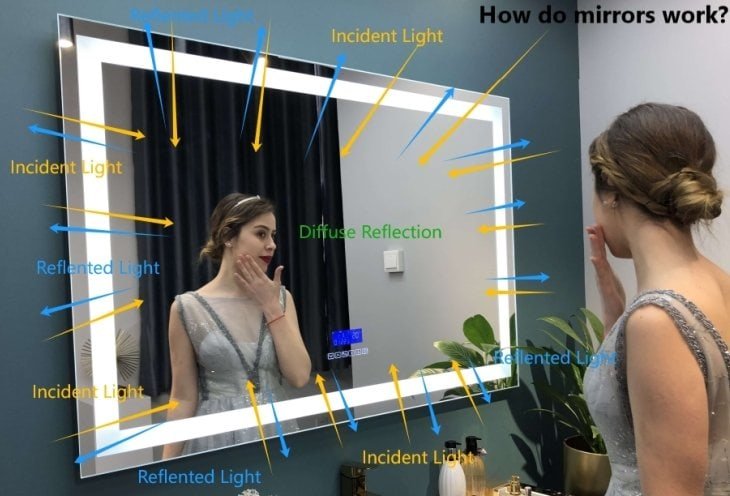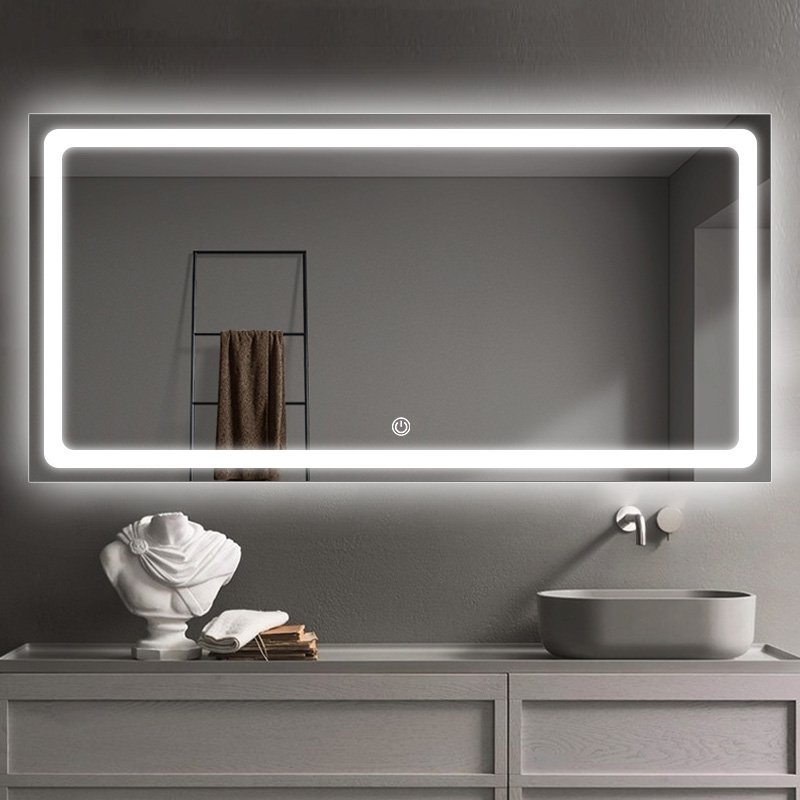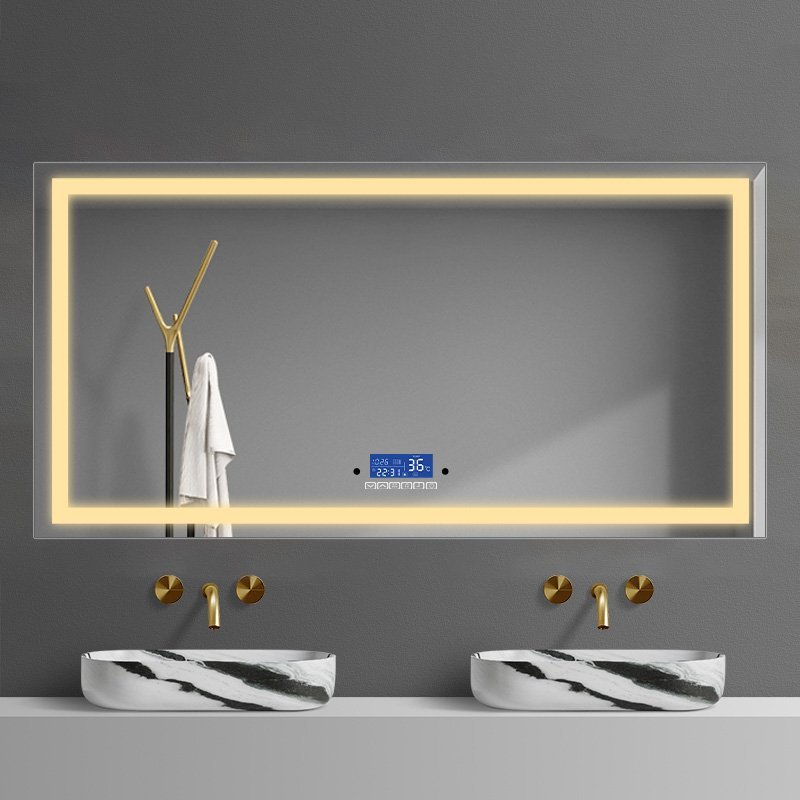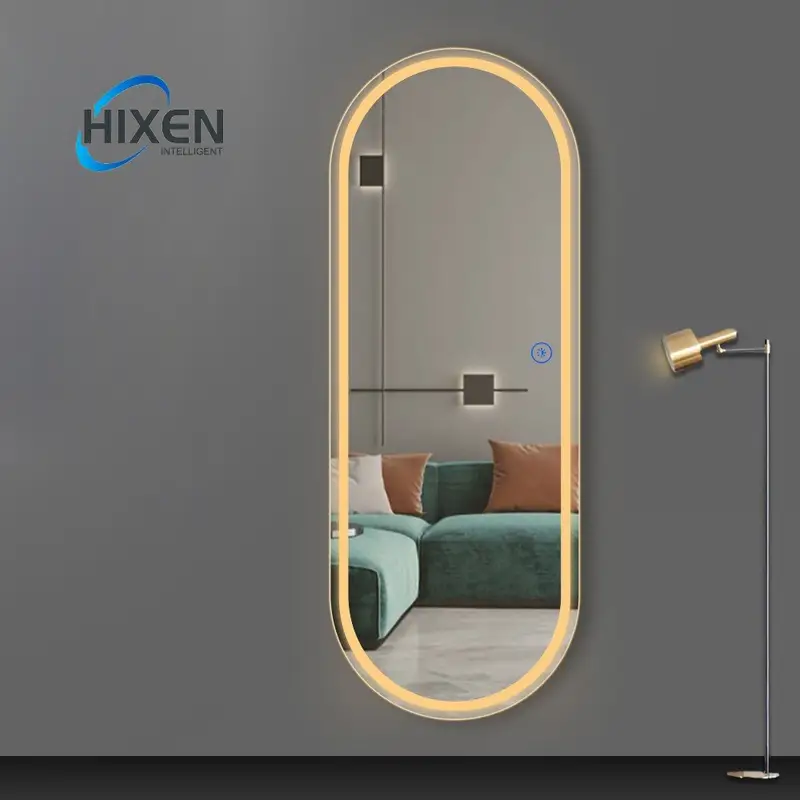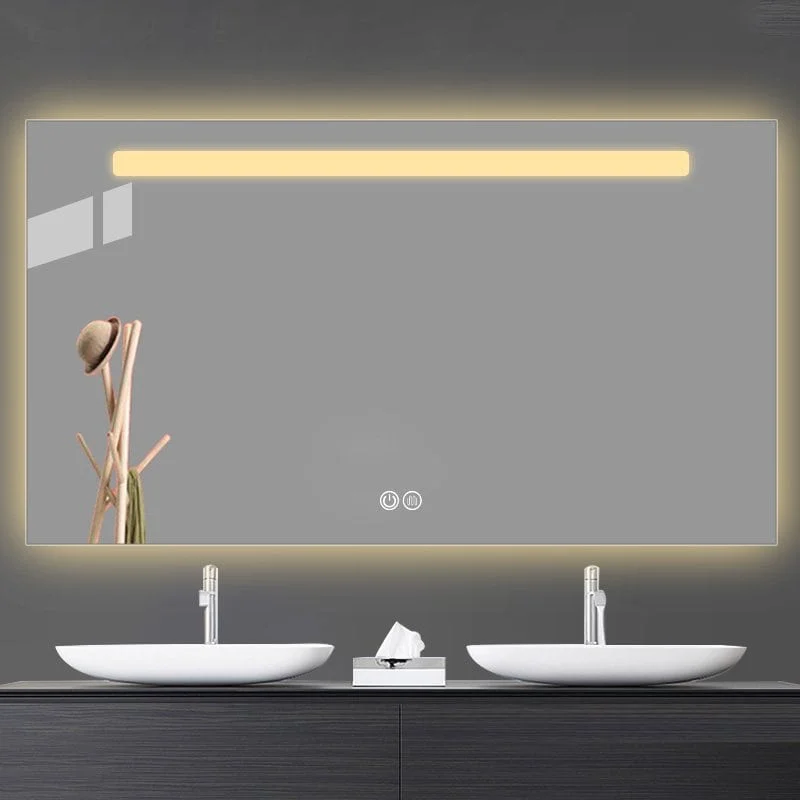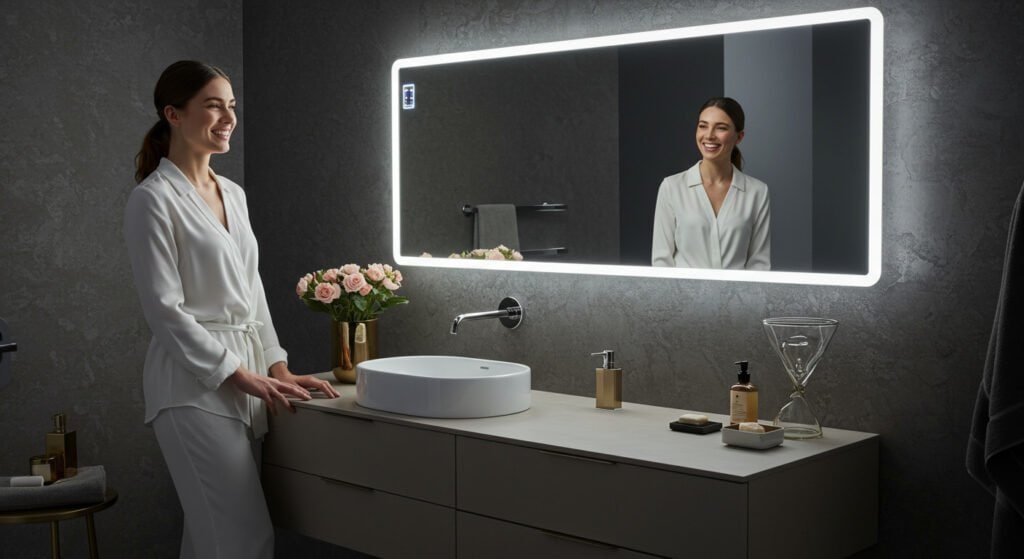|
Получение вашего Троицкий аудио Игрок готов ...
|
You use mirrors multiple times throughout your day – while brushing your teeth, checking your appearance, or driving your car. Despite this constant interaction, understanding how mirrors work remains a mystery to many. How do mirrors work?
Mirrors work through a process called specular reflection, where light bounces off a smooth surface at the same angle it arrives. When light hits a mirror’s surface, it reflects in an organized manner, maintaining the image’s clarity and detail. This precise reflection occurs because mirrors feature an ultra-smooth surface, typically made of glass coated with a thin layer of reflective material, usually aluminum or silver.
Understanding how mirrors work can help you make better decisions about mirror selection, placement, and maintenance. Let’s explore the captivating science behind mirror reflection and uncover the mysteries of these remarkable surfaces.

How Do Mirrors Work? – The Basic Science of Mirror Reflection
Mirrors work because of the relationship between mirrors and light. When light waves hit the surface of a mirror, they bounce off in a predictable way according to the law of reflection. The law of reflection says that the angle of incidence equals the angle of reflection. This creates the perfect conditions for forming images.
The physics of mirror reflection is critical here. The smooth, metallic backing of a mirror reflects almost all incoming light in an organized way. This is unlike rough surfaces that scatter light in all directions. This organized reflection preserves the spatial relationships between different parts of the reflected image, allowing you to see a clear, undistorted version of the scene in front of the mirror.
The mirror optics system has two main parts: the glass front surface and the metallic backing. The glass protects and helps create the perfect conditions for reflection, and the metallic layer actually reflects the light. This combination gives you the maximum reflectivity while protecting the reflective surface from the environment.
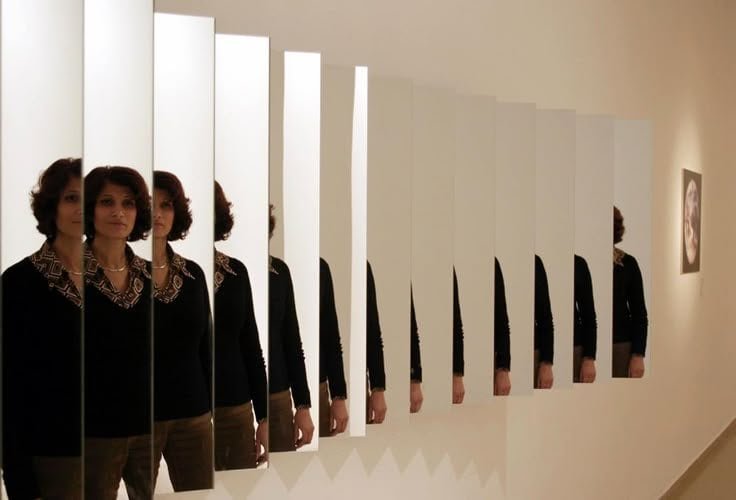
Understanding Mirror Colors and Properties
What color is a mirror? This simple question uncovers some fascinating mirror science. Even though mirrors look silver or slightly green, they don’t have a color in the traditional sense. They reflect whatever colors are in their environment. The slight color you see comes from the glass material and the metallic backing.
The perceived color of a mirror can vary depending on several factors:
The thickness and composition of the glass layer
The type of metallic coating used
The angle at which light hits the surface
Environmental lighting conditions
Сегодня, mirrors use either aluminum or silver for their reflective backing, each with slightly different reflective properties. Silver provides better reflectivity, but it’s more expensive and oxidizes more easily. Aluminum offers good reflectivity, is more durable, and is more cost-effective.

How To Make A Mirror?
When you understand how to make a mirror, you start to see the complexity behind these seemingly simple objects. Here are the precise steps involved in modern mirror manufacturing:
Первый, they clean and prepare high-quality glass sheets to ensure a perfectly smooth surface. Следующий, they apply a layer of metallic particles through a process called silvering. Silver nitrate or aluminum particles adhere to the glass surface in a controlled environment. Окончательно, protective coatings seal the metallic layer to prevent oxidation and damage.
The quality of mirrors depends significantly on:
- The purity and smoothness of the glass substrate
- The thickness and uniformity of the metallic coating
- The effectiveness of the protective backing
- Environmental control during manufacturing
Mirror oxidation is a common issue in mirror manufacturing and maintenance. Manufacturers apply protective coatings to prevent oxidation, but exposure to moisture and certain chemicals can still cause the mirror to degrade over time.
Advanced Mirror Physics and Reflection Properties
How do mirrors reflect images? It’s all about the complex interaction of light waves with the surface of the mirror. When light waves hit a mirror, they maintain their organization and wavelength properties. This allows the mirror to maintain the characteristics of the original image.
The reflection process follows specific physical principles:
- Regular reflection occurs on smooth surfaces, creating clear images
- Diffuse reflection happens on rough surfaces, scattering light
- The angle of reflection always equals the angle of incidence
- The reflected ray, incident ray, and normal line all lie in the same plane
That’s why mirrors can seem to see behind objects. When you look at the reflection of an object, you’re actually seeing light rays that have traveled from the object to the mirror and then to your eyes. It creates the illusion of seeing behind or through objects when, in fact, you’re looking at redirected light.

Mirror Types and Their Unique Properties
Different types of mirrors serve various purposes, each with unique properties:
- Plane mirrors: These flat mirrors provide straightforward reflections for everyday use
- Convex mirrors: Used in security and vehicles, they offer wider viewing angles
- Concave mirrors: Common in telescopes and makeup mirrors, they magnify images
- Two-way mirrors: Allow partial transmission of light while maintaining reflective properties
Each type of mirror manipulates light differently, creating specific effects that are useful for different applications. Understanding these differences helps you choose the right mirror for your needs, whether for practical use or a specialized application.
Common Mirror Phenomena Explained
How does a mirror see behind paper or other objects? The common question people ask is about the path light takes when it reflects off mirror surfaces. When you look at a reflection of something behind an object, the mirror isn’t actually “seeing” behind the object. Instead, light travels from the visible portions of the scene to the mirror and then to your eyes. It creates the impression of seeing around obstacles.
Mirror reflection meaning extends beyond simple physics into practical applications:
- Security systems utilize mirror properties for surveillance
- Medical devices employ specialized mirrors for diagnostic purposes
- Architectural designs incorporate mirrors to enhance spaces
- Scientific instruments rely on precise mirror arrangements for measurements
Understanding how mirrors reflect light helps explain various optical illusions and practical applications in your life. The principles of reflection are the same whether you’re looking at a simple bathroom mirror or studying sophisticated optical equipment.
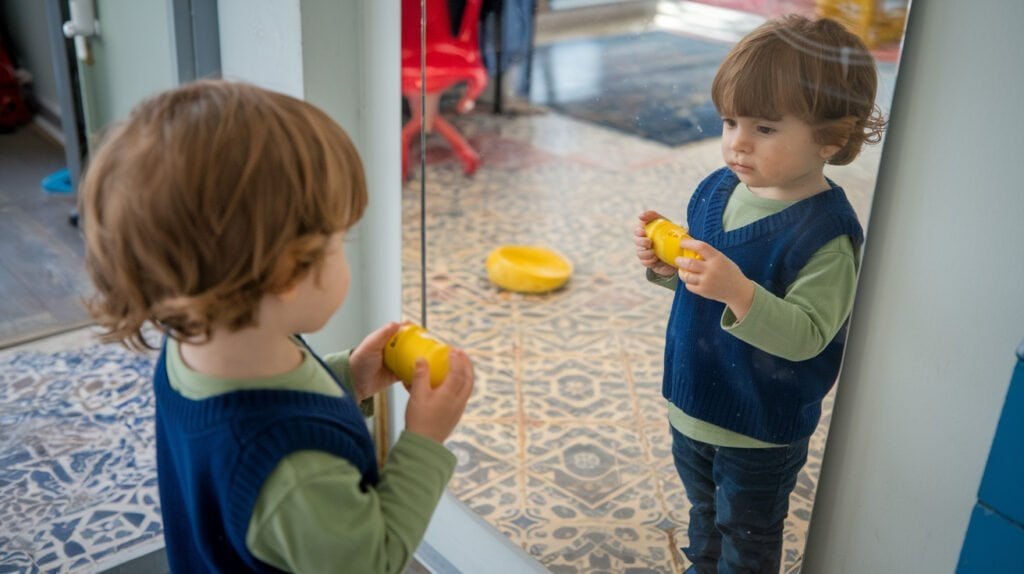
The Future of Mirror Technology
Modern advances in mirror technology continue to expand possibilities for both practical and specialized applications. Smart mirrors incorporate LED displays, touch sensors, и подключение к Интернету. These innovations build upon fundamental mirror reflection principles while adding new functionalities.
Developments in mirror technology include:
- Anti-fogging capabilities for bathroom mirrors
- Electrochromic mirrors that change transparency
- Energy-efficient mirrors for solar applications
- Advanced optical coatings for specialized scientific uses
These are all ways that understanding mirror physics can help us to advance technologically and improve the way that mirrors work.

Заключение
The science of how mirrors work shows us the complex interplay of light, materials, and physical laws. From simple reflection to high-tech applications in today’s world, mirrors illustrate basic optical principles while serving practical purposes in our lives. Understanding the science helps us to see the complexity behind these seemingly simple objects and their critical role in a wide variety of applications.
If you want to learn more about mirror technology, especially as it relates to modern LED mirrors and smart mirror solutions, I invite you to check out our extensive line of innovative mirror products. Our team of experts can help you find the perfect mirror solution for your needs, whether residential, commercial, or something else.
Want to learn more about advanced mirror technologies and LED mirror solutions? кликните сюда to explore our complete range of innovative mirror products and discover how modern mirror technology can enhance your space.
*Ссылки:
- Journal of Applied Physics (2023): “Advanced Mirror Coating Technologies”
- Optics and Photonics Journal (2024): “Modern Applications of Mirror Physics”
- Materials Science and Engineering (2023): “Developments in Mirror Manufacturing”*
- Каковы преимущества светодиодного зеркала?
- Какой лучший свет для тщеславного зеркала?
- Чтобы узнать, как выбрать правильное зеркало в ванной, нажмите здесь.
- Чтобы узнать, как установить зеркало выбирать здесь.
- Чтобы узнать, как выбрать зеркало правильного размера, нажмите здесь.
- Чтобы узнать, как изготовлены зеркала, нажмите здесь.
- Нажмите здесь, и вы узнаете, почему мы выглядим лучше в зеркалах.
- Нажмите здесь, вы узнаете о вершине 10 светодиодные производители зеркала для 2024.

